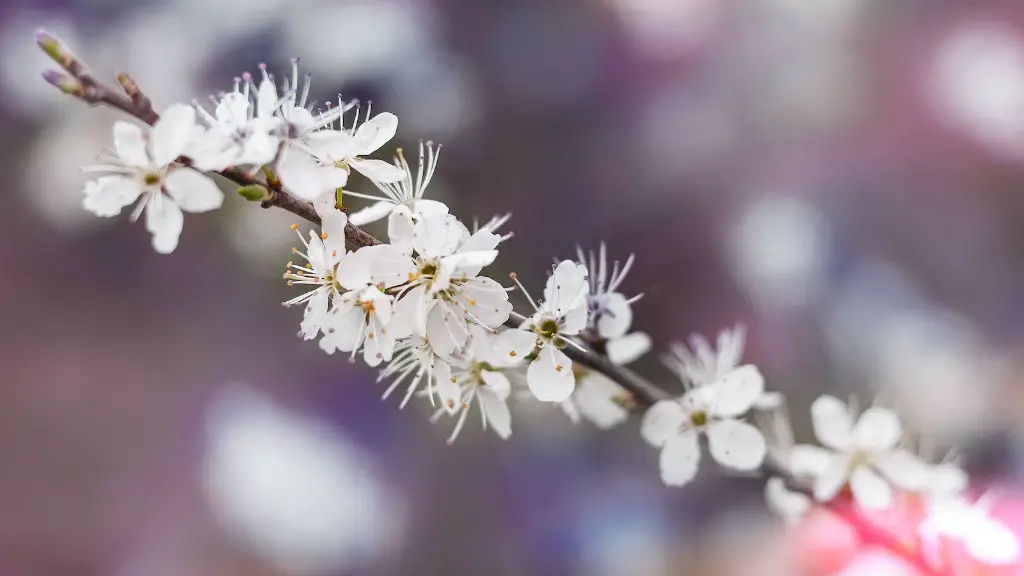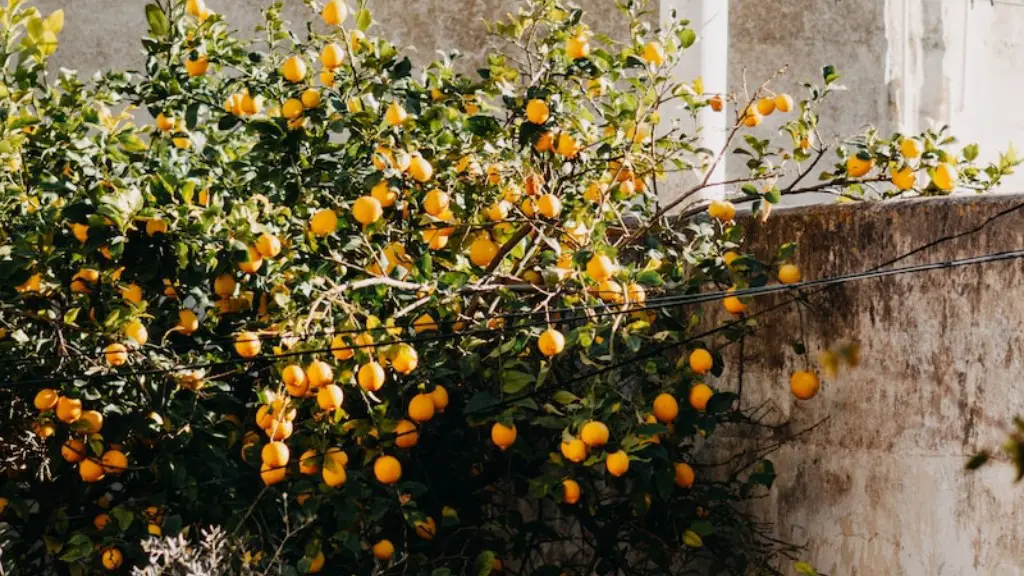Garden Preparation
Once you’ve chosen the perfect dwarf cherry tree, it’s time to prepare the garden for planting. Firstly, remove all debris, rocks, and weeds from the area. Keep the container away from walls, fencing or trees as this can cause root competition. Secondly, create a bed that is at least 3-4 feet wide and offers good drainage. Thirdly, dig a hole that is wider and deeper than the root ball. To ensure healthy growth, ensure there are at least 18 inches of soil beneath the root for new root formation. Lastly, optimize soil with compost or fertilizer and mix it to help the tree’s growth.
Location and Planting Process
When it comes to picking the perfect spot to plant your dwarf cherry tree, there are a few things to consider. Ideally, the tree should be located in a spot that is exposed to at least 6 hours of direct sunlight and is sheltered from strong winds. Rotate the container as much as possible and dig the hole twice as wide, so the roots have space to spread. Once the tree is in the hole, check for plumbing, electrical wires or other obstacles that may be blocking the tree’s path. After that, cover the roots with soil and water the tree for about ten minutes – don’t forget to use a trowel to sink the water in the soil.
Maintenance
Maintaining the growth of the dwarf cherry tree is simple, as it only requires occasional application of mulching, watering and pruning. Mulching helps protect the roots, keep them cool and retain moisture in the soil during the summer months. Be sure to fill a 6-8-inch layer of organic compost or bark around the tree and avoid digging or mounding the soil around the trunk. Watering the tree two or three times per week during the warm weather is recommended to avoid soil compaction, root suffocation or low anchorage. Lastly, prune during the dormant period – late winter or early spring—removing the dead or crossing branches to allow air and sun to reach the inner portions of the tree.
Protecting Against Pests and Diseases
Unfortunately, cherry trees suffer from a variety of pests and diseases which can cause an array of issues including leafSpot, twig dieback, cankers and cherry leaf spot. Weak or overcrowded trees are often more prone to such issues. To minimize the risk of pests and disease, keep the trees in an area with good air circulation, ensure regular maintenance such as pruning and spacing the branches, and keep the foliage dry by avoiding overhead irrigation. If an infestation does arise, horticultural soaps and horticultural oils are effective treatments.
Harvesting
In late spring or early summer, the cherry tree will mature into fruits. To give the tree the best conditions forripening, be sure to water it frequently and monitor the insect infestations. Once the fruits are ripe, they should be harvested gently to avoid damage and can be stored in a cool and dry area.
Uses of Dwarf Cherry Tree
With the right knowledge and care, the dwarf cherry tree can provide many uses to its owners. In addition to being a beautiful addition to landscapes, cherry trees offer edible fruits which can be eaten fresh, used for baking and jam-making. The wood of dwarf cherry trees can also be used for furniture construction, as well as turning and carving.
Grooming and Fertilizer
To ensure the dwarf cherry tree looks its best, it’s important to have a regular grooming routine. Ensure the tree’s crown is still pruned once a year, to promote the growth of new branches and keep it in shape. It’s also beneficial to spread a thin layer of fertilizer near the tree twice a year if possible. Remember to keep an eye on the tree during its growing season to detect any pests or diseases that could be threatening it.
Frost Protection
Due to their tender nature, cherry trees can suffer damage during cold winter months. Therefore, it’s important to provide them with adequate frost protection. Covering the branches with a fabric material can help reduce frost damage, while also protecting the tree against wind. During the winter season, keep a thicker layer of mulch around the base of the tree, as this will help keep its roots safe from the ground freezing and defrosting.
Careful Tree Removal
When it comes time to remove the cherry tree, it’s important to ensure the process is done with care. It’s best to use an arborist to undertake the removal process, as they have the training and experience required to do it safely. An arborist can help to minimize root and branch damage caused by tree removal, as well as keeping damages to a minimum.
proper pruning
For the dwarf cherry tree to continue to grow and stay in good health, it’s important to regularly prune it. Pruning should take place every year and should focus on thinning out the canopy, removing dead, diseased, or damaged branches, and shaping the overall structure of the tree. Pruning should be done carefully as it can cause adverse effects if done incorrectly. It’s always best to consult an arborist for professional advice.


